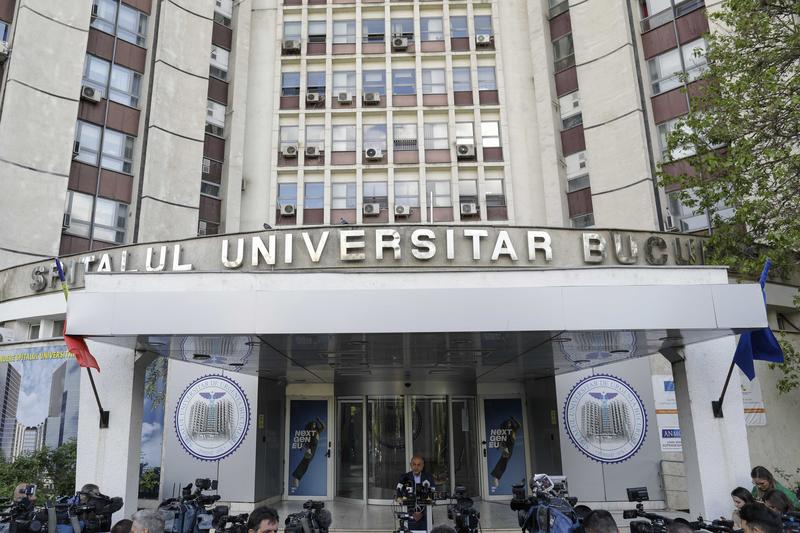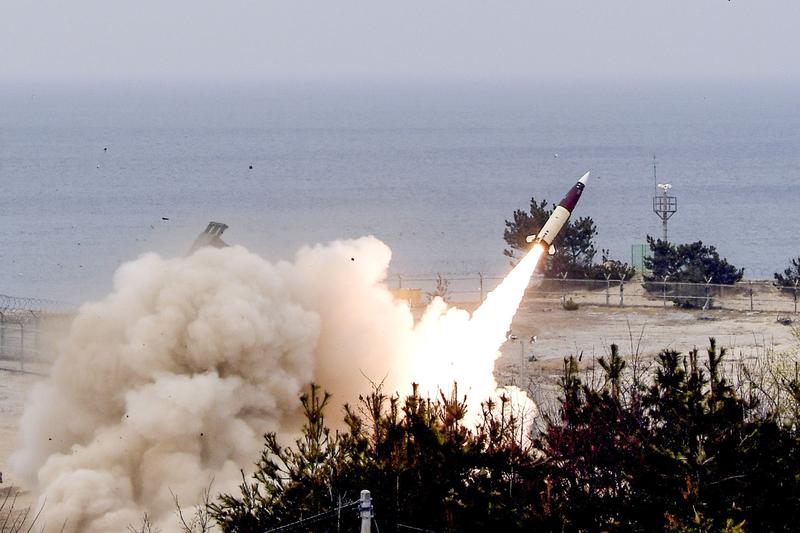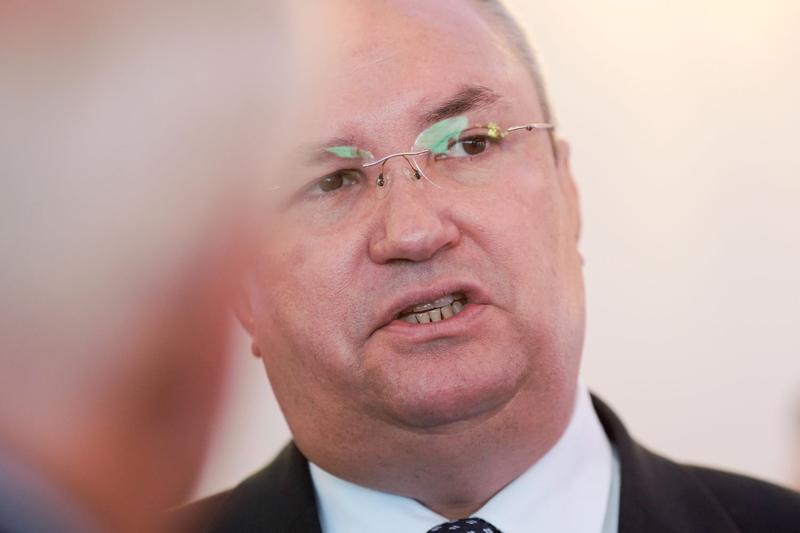Romania still ofers a good perspective for greenfield investments, an analyst for The Economist Intelligence Unit. Still, whether the economic slowdown will cause a hard landing or a soft one for Romania in the following year is a problem worth analyzing. In an exclusive analysis for HotNews.ro, Joan Hoey, EIU Senior Analist for Eastern Europe taks into account the "gravity defier" status Romania has, the Romanian Central Bank actions and the appreciation of the European currency against the US Dollar.
Can Romania achieve a "soft landing"?
There have been mixed assessments of the likely impact of the intensifying global financial crisis on the prospects for the Romanian economy. The governor of the National Bank of Romania (NBR), Mugur Isarescu, has argued that Romania should be able to avoid a "hard landing", involving a sharp contraction in growth, as it attempts to cool down an overheated economy and react to adverse external circumstances that are largely beyond its control. Mr Isarescu's comments preceded the meltdown on nternational financial markets in late September and early October, the fallout from which will undoubtedly have a negative impact on Romania's economy and will
complicate macroeconomic policy under a new government in 2009-10.
The IMF forecasts that growth will slow from 8.6% in 2008 to less than 5% in 2009 (which is broadly consistent with EIU forecasts). The slowdown in the growth of domestic credit will bring about a slowdown in consumption and investment and the growth slowdown in the West will affect Romania's exports and foreign direct investment (FDI).
"Gravity defiers"
Since the deepening of the global crisis in September, one commentator has coined the term "gravity defiers" to describe east European economies such as Romania, Bulgaria, Serbia and Croatia which have so far avoided a sharp adjustment despite their unsound macroeconomic fundamentals including unsustainably large external deficits.
Mr Isarescu's comments about Romania avoiding a "hard landing" involving a sharp contraction in growth in 2009 followed the downgrading of Romania from stable to negative in August by the credit rating agency, Fitch, which grouped Romania with the Baltic States and Bulgaria as vulnerable to external financial pressure. Estonia and Latvia, and to a lesser extent, Lithuania--which like Romania experienced rapid growth in the early and mid-2000s combined with rapid credit expansion and large current-account deficits—experienced a sharp growth slowdown (towards zero) in the first quarter of 2008 following contractions in domestic credit and falling external demand.
However, there are important differences in the monetary systems of Romania on the one hand and those of the Baltic States on the other hand. The latter (and also Bulgaria) all operate a variant of the currency board, which pegs their currencies to the euro at a fixed exchange rate, preventing the economies from conducting an independent monetary policy and placing all the burden of macroeconomic adjustment on fiscal policy.
The appreciation of the euro against the dollar damaged the competitiveness of those economies vis-à-vis economies whose currencies are linked to the dollar.
At the same time, the increase in world food and energy prices (which constitute a higher proportion of their consumer price baskets than in the richer EU economies) has pushed inflation to double-digit levels in those countries (and led to demands for compensating wage increases) which cannot be offset by depreciation, contributing to further loss of competitiveness and huge current-account deficits. In addition, interest rates in those economies had to be held at, or close to, the European
Central Bank (ECB) level, resulting in highly negative real interest rates, which exaggerated the pro-cyclical nature of macroeconomic policy.
Romania's managed exchange rate, by contrast, provides it with greater flexibility and the ability to utilise monetary policy as part of its macroeconomic stabilisation programme. Romania's "managed float" allowed it to depreciate its exchange rate to preserve external competitiveness over the past 12 months and the central bank pushed up interest rates to keep them at positive levels and contain inflationary pressures. The NBR also took prudential measures to slow the growth of
household credit. Furthermore, although the growth of domestic credit has been rapid in Romania, the stock of household credit is low, even by the standards of emerging market economies, and there is therefore scope for it to continue to grow at a rapid pace over the medium term.
Nevertheless the NBR agrees with the IMF and the EU that Romania's external deficits are unsustainable in the long run; that fiscal policy is pro-cyclical; that wage growth is excessive; and that rapid credit-growth is fuelling an unsustainable growth in consumption. A policy response is therefore necessary and we expect that the incoming
government will take steps to tighten policy. To achieve a soft landing Romanian economic policy needs to, simultaneously:
- Gradually reduce inflation towards the target level, preferably
by end-2009.
- Reduce the current-account deficit to an equilibrium level
consistent with its level of development and its ability to attract
external finance, equivalent to approximately 10% of GDP by end -2010.
- Reduce the growth of internal demand, and consumption in
particular, to a level consistent with its medium-term equilibrium
growth rate of 6%. This will involve reducing the proportion of GDP
going to household consumption if cuts in the government's ambitious
programme of investment in infrastucture, health and education are to be
avoided.
- Maintain an equilibrium exchange rate which both shields the
economy from imported inflation and preserves external competitiveness.
- Reduce the budget deficit to a maximum of 3% of GDP at the
bottom of the macroeconomic cycle and 1% of GDP at the top of the
cycle.
- Reduce the growth of wages to a level consistent with the growth
of productivity.
Growth slowdown
These steps will need to be taken without inducing a sharp slowdown in growth. Romania will need to attract capital inflows (including FDI) in the region of €15bn per year to cover an equilibrium current-account deficit of around 10% of GDP and sustain real GDP growth at the level of 6% per year. Growth of 6% per year may be achievable on the supply side, but capital inflows of €15bn per year may not be achievable in the short term. The NBR has built up strong foreign exchange reserves and could ride out a change in market sentiment in the short run, although private-sector short-term debt remains high. EU net finance of around €1.5bn per year will make a contribution to financing investment in infrastructure.
However, the deepening crisis in global markets will restrict access to and increase the costs of external finance. Romania continues to offer good prospects for "greenfield" investment, particularly in the automotive and electronics sectors, which will be essential in assisting long-term development as well as in preserving
macroeconomic stability.
The EIU is forecasting a sharp slowdown in real GDP growth in 2009, to 4.8%, as a result of the fallout from the international financial crisis. We had already expected growth to slow in 2009 as fiscal and incomes policies were tightened by the incoming government following the November 2008 parliamentary election. However, that policy tightening will be exacerbated by the effects of the unfolding global economic crisis. As growth comes to a standstill in most of Europe, demand in Romania's EU export markets is likely weaken considerably in 2009-10 and this will have a negative impact on industrial output. At the same time, difficulties in obtaining external finance and worries about the effects of rapidly growing wages on profitability will deter investment, leading to a major slowdown in the pace of domestic demand growth in 2009-10.
Sectors with high levels of indebtedness, including real estate developers and construction companies, are likely to be worst-affected by the global financial crisis. Real estate developers in particular have been affected by increases in raw materials, labour costs and increases in the cost of credit as banks pass increased risk on to
customers.
A slowdown in construction, one of the fastest-growing sectors of the economy, will contribute to slowing growth in 2009. Other sectors such as textiles, which are already in decline and operate on low profit margins, will be hit hard by the global liquidity crisis. However, multinational companies operating in Romania for export markets
in emerging economies may avoid the worst.
Joan Hoey
Senior Analyst Eastern Europe
Country Analysis
The Economist Intelligence Unit



















